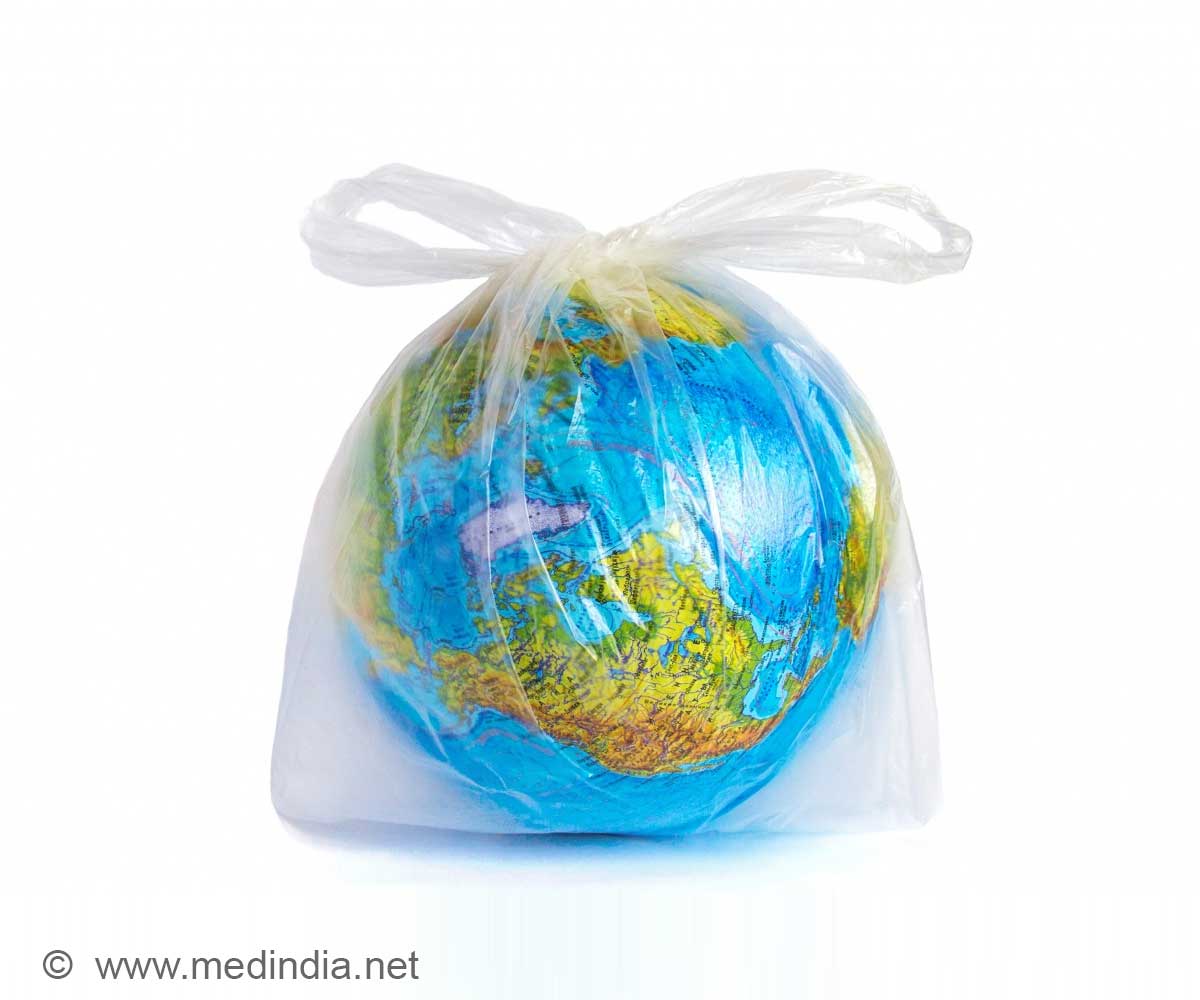Trillions of plastic fragments are afloat at sea, The fate of this plastic and its impact on marine life remains largely unknown.

‘The potential that plastics are releasing bio-inhibitory compounds during photodegradation in the ocean could impact microbial community productivity and structure, with unknown consequences for the biogeochemistry and ecology of the ocean.’
Read More..




A team of scientists from Florida Atlantic University's Harbor Branch Oceanographic Institute, East China Normal University, and Northeastern University conducted a unique study to help elucidate the mystery of missing plastic fragments at sea. Their work provides novel insight regarding the removal mechanisms and potential lifetimes of a select few microplastics.Read More..
For the study, published in the Journal of Hazardous Materials, researchers selected plastic polymers prevalently found on the ocean surface and irradiated them using a solar simulator system. The samples were irradiated under simulated sunlight for approximately two months to capture the kinetics of plastic dissolution.
Twenty-four hours was the equivalent of about one solar day of photochemical exposure in the subtropical ocean gyre surface waters. To assess the physical and chemical photodegradation of these plastics, researchers used optical microscopy, electron microscopy, and Fourier transforms infrared (FT-IR) spectroscopy.
Results showed that simulated sunlight increased the amount of dissolved carbon in the water and made those tiny plastic particles tinier. It also fragmented, oxidized, and altered the color of the irradiated polymers. Rates of removal depended upon polymer chemistry. Engineered polymer solutions (recycled plastics) degraded more rapidly than polypropylene (e.g., consumer packaging) and polyethylene (e.g., plastic bags, plastic films, and containers including bottles), which were the most photo-resistant polymers studied.
Based on the linear extrapolation of plastic mass loss, engineered polymer solutions (2.7 years) and the North Pacific Gyre (2.8 years) samples had the shortest lifetimes, followed by polypropylene (4.3 years), polyethylene (33 years), and standard polyethylene (49 years), used for crates, trays, bottles for milk and fruit juices, and caps for food packaging.
Advertisement
Zhao and collaborators also checked the billability of plastic-derived dissolved organic carbon upon marine microbes. These dissolved organics seem to be broadly biodegradable and a drop in the ocean compared to natural billable marine dissolved organic carbon. However, some of these organics or their co-leachates may inhibit microbial activity. The dissolved organic carbon released as most plastics photodegraded was readily utilized by marine bacteria.
Advertisement
Samples in the study included post-consumer microplastics from recycled plastics like a shampoo bottle and a disposable lunch box (polyethylene, polypropylene, and expanded polystyrene), as well as standard polyethylene, and plastic-fragments collected from the surface waters of the North Pacific Gyre. A total of 480 cleaned pieces of each polymer type were randomly selected, weighed, and divided into two groups.
Source-Eurekalert








